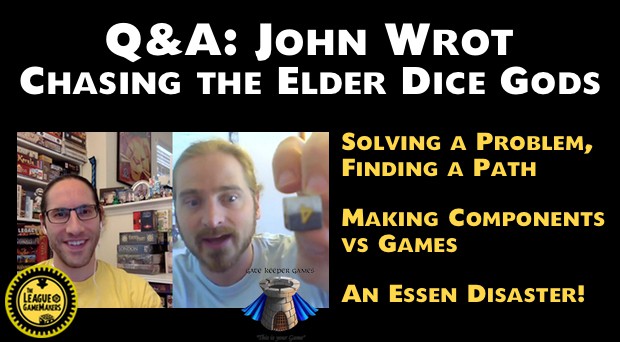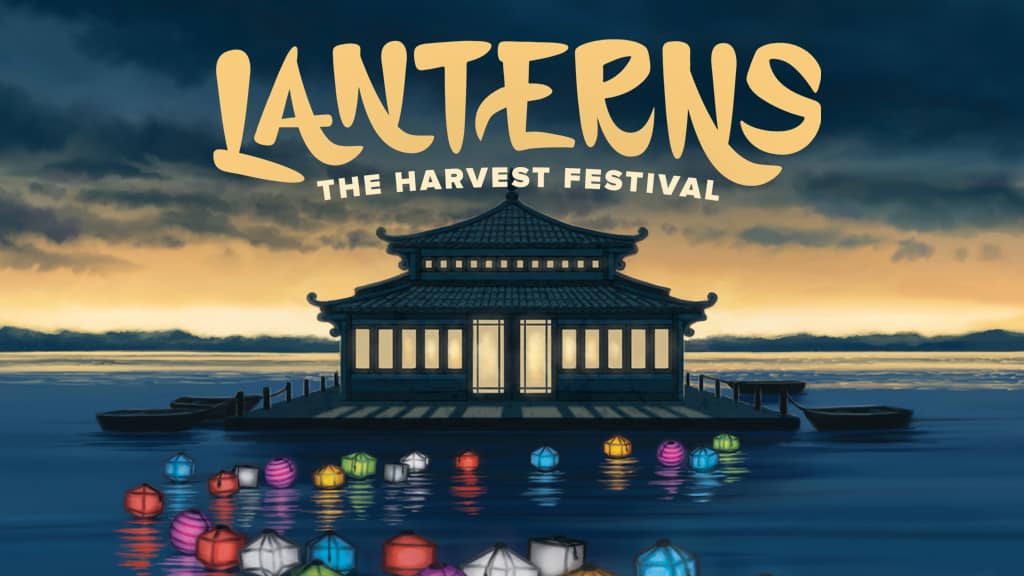
This is part 2 of Randy Hoyt’s piece from a publisher’s perspective, describing how he worked to re-theme Lanterns: The Harvest Festival from a game about flowers to become the beautiful game it is now. In Part 1: “The Themes, They Are A’ Changing”, Randy described how he discovered the original game and designer Chris Chung, and their initial work into developing a new theme. In this piece he concludes the tale describing how the full narrative was fleshed out.
Lanterns: The Harvest Festival is on Kickstarter now!
During the game design process, the mechanics and theme of a game often grow up together, informing and shaping each other. It is no small feat to start fresh with a new theme and put it alongside fully-grown mechanics. After we decided to change the flavor to floating Chinese lanterns, there was still a lot of work to do, to create a narrative that would blend the mechanics and flavor into a unified experience.
CONTEMPLATING THE NARRATIVE
The game mechanics of Lanterns: The Harvest Festival include placing tiles, gaining cards, and turning in sets of cards for victory points. Contemplating these mechanics inspired several questions:
QUESTIONS WE NEEDED THE NARRATIVE TO ANSWER:
- What do each of these actions represent thematically?
- Players are putting lanterns somewhere – but where?
- Why are all the players placing them together in one place?
- Why do players get lantern cards when they place a tile?
- Why do they get points for having a particular set of lanterns?
PRELIMINARY RESEARCH
I started with a Google search for “Chinese lanterns” to get ideas. I quickly came across the idea of a lantern festival. There are some amazing pictures online showing the scale and the beauty of the decorations for these festivals. Decorating an area like this would certainly require multiple people contributing.
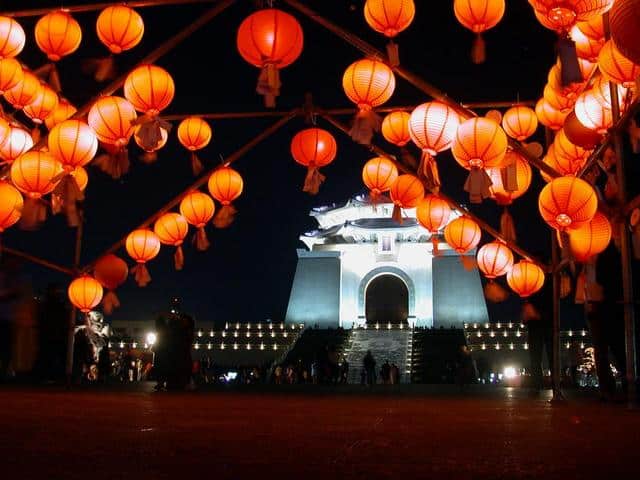
The Chiang Kai-shek memorial hall at night during the lantern festival by Philo Vivero. Reposted here under Creative Commons Attribution-Share Alike 3.0 Unported license.
I learned there are a few different lantern festivals in China. The main one (the official “Lantern Festival”) happens in the late winter/early spring around the Chinese New Year. I personally felt drawn more to a fall festival related to the harvest, the “Mid-Autumn Festival,” for a number of reasons. (One game-related reason: I liked drawing on games like Agricola that have harvesting but then putting a positive, celebratory spin on it.)
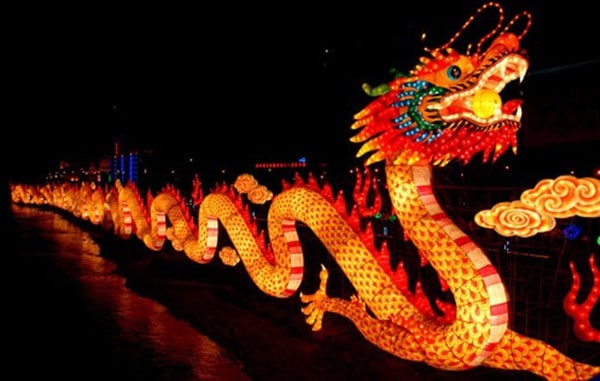
Chinese Dragon Lantern Festival in China 2012 by “External Radiance” reposted here under Creative Commons Attribution-Share Alike 3.0 Unported license.
ARTWORK AND COMPONENTS
I began working with the amazing artist, Beth Sobel. I made a Pinterest board of inspiration to send her. I imagined the tiles would have streets and buildings and other architecture. But to get the perspective so that the tiles could be rotated in any direction, the scenes had to be illustrated from directly overhead. The beautiful examples of Chinese architecture I had pinned would not look very interesting from that perspective; they would essentially just be squares.
I had put a number of water scenes in the Pinterest board, and Beth kept asking me about and recommending a water scene instead. The first sketch she sent over on water looked amazing:
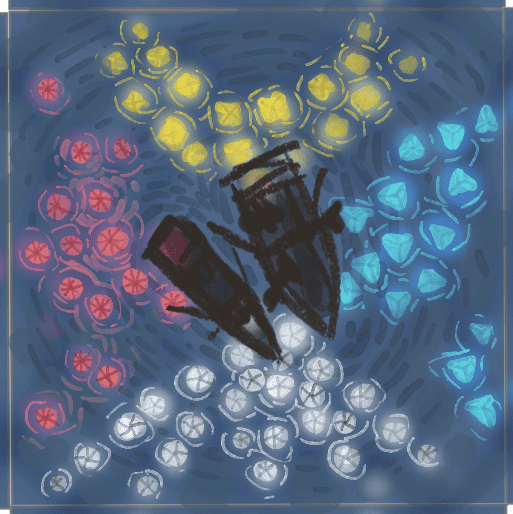
The switch to a water setting was a crucial step in developing the narrative. But it is interesting to note that this change happened when working exclusively on the artwork, not on the narrative.
TESTING AND FEEDBACK
We developed a narrative that tied the game to a market. In this version, “Making a set” represented “placing an order” for lanterns at a market. As we started testing, we were looking as much at how people reacted to the theme as they did to the mechanics. We got a lot of feedback from testers that they loved the overall flavor of the game. Some testers commented, however, that the narrative felt too business-like, and others said that they weren’t really sure what the cards represented or what they were doing thematically. Observing testers directly is usually more revealing than the comments they provide: watching and listening to them in person, too many were talking in terms of components (“cards”, “sets”) instead of theme (“lanterns”, “orders”). This narrative was not drawing players in or creating a coherent enough experience.
One great tester wrote up a lengthy idea for changing to a different festival. He pointed me to the Ghost Festival, which is more closely tied to lanterns floating in the water than the Mid-Autumn Festival. Overall, the tone of the Ghost Festival was a bit more serious and somber (and less festive and celebratory) than I wanted for the game, but I liked the idea of dedicating sets of lanterns much better than placing orders at a market.
We reworked some of the other elements and ran a lot more tests. I felt comfortable running demos with this narrative at Gen Con.
Here was the short description of the game I submitted to the First Exposure Playtest Hall there: “Place tiles with floating Chinese lanterns to decorate the palace lake for the upcoming harvest festival. Dedicate lanterns to receive imperial favor.”
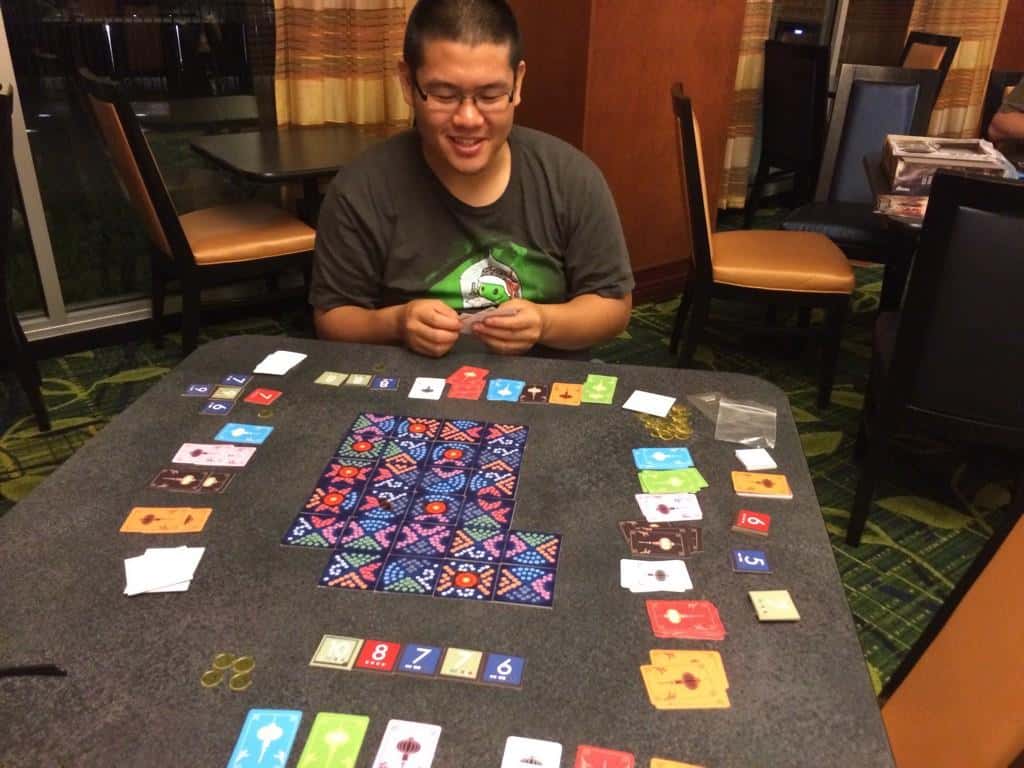
The new narrative tested very well. The short description was getting people interested in the game: every session was full, and multiple groups who couldn’t get tickets to sessions approached me to schedule time to play outside the hall. Players were using language from the theme much more, saying “lanterns” (instead of “cards”) and using some form of the word “dedicate” (instead of “make a set” or “turn in cards”).
MORE RESEARCH: ASK AN EXPERT
At Gen Con, I was looking for feedback on the narrative. During one demo, one of the players mentioned that she had a Ph.D. in Chinese. She loved the game, and she talked with me about how the thematic elements could be tied in a little more closely with Chinese culture. I learned about filial piety, a key virtue in Chinese culture, and she suggested that victory points be tied to that. Players could demonstrate their filial piety by dedicating sets of lanterns to their ancestors.
Emphasizing filial piety (she recommended we loosely translate the concept as “honor”) and ancestors tied the game even more closely to the Ghost Festival, and I asked her this question over email:
She replied:
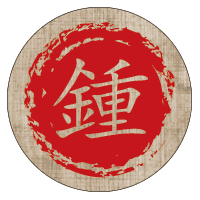
HARMONIOUS CONVERGENCE
Shortly after weaving all these new elements of the narrative together, I had one of those great playtests where I knew all the effort had paid off. A player went to make the first dedication of the game, and she said, “I dedicate these lanterns to my newborn baby nephew.” She placed the cards back in the supply and took her victory point token. A few turns later, another player said, “I dedicate these lanterns to my grandmother who passed away earlier this year.” The players had fully embraced the narrative, and the theme and the mechanics had worked together to create a coherent experience. After the game, one player smiled and commented:
“THIS GAME JUST FEELS SO ZEN.”
It can be hard to imagine another theme producing a similar (or even better) experience alongside the same mechanics. But it can be done. This is the most ambitious re-theme project I have undertaken, and I’m incredibly happy with the final product. I’d love to hear from you about your experience re-theming a game, whether you are a designer who has re-themed your own game or a publisher/developer who has re-themed someone else’s game. What process did you go through? What worked? What didn’t? When did you know you had it right?
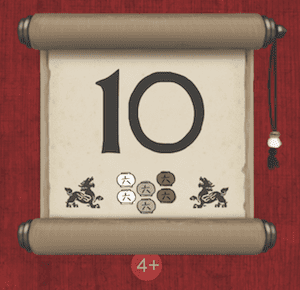
LANTERNS: THE HARVEST FESTIVAL IS ON KICKSTARTER NOW!


